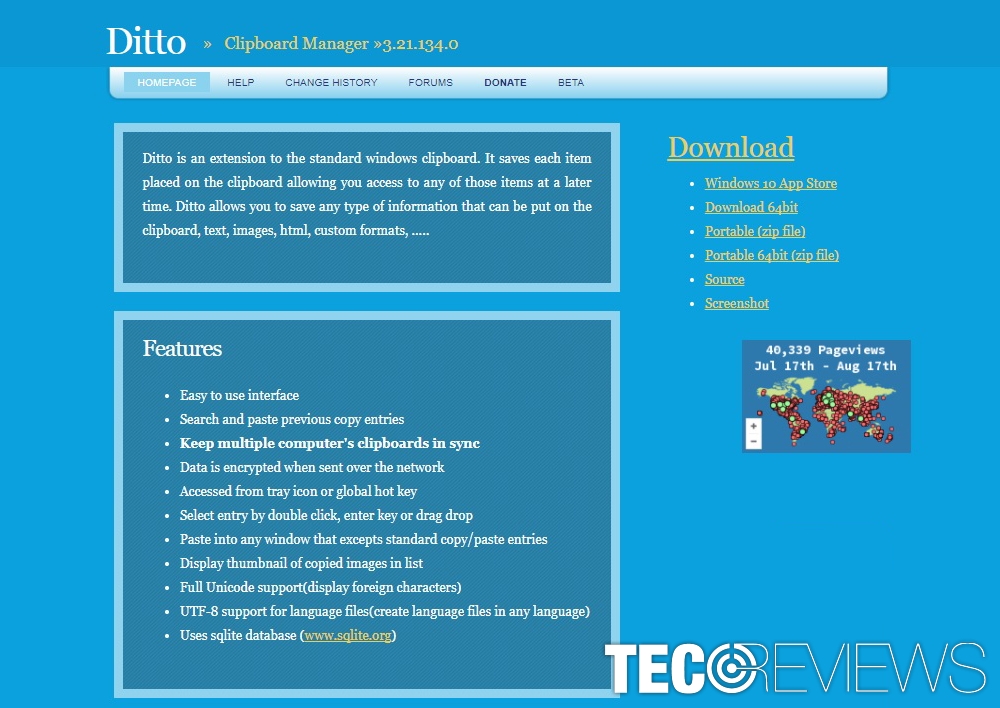
If your machine seems abnormally sluggish, it might just be overloaded with temporary files, deleted items, and other digital detritus you don’t need. The next time it boots up, it should feel nice and nimble. Do this for as many apps as you can, then restart your machine.

You too, Alexa.Ĭlick each app you want to prevent from auto-starting and change its entry to Disable in the menu up at the top. You don’t need to be running unless I open you. Then navigate to the “Startup apps” section, which on Windows 11 looks like a speedometer icon in the left-hand navigation bar. So, let’s prevent these self-important apps from starting up on their own by hitting CTRL+Shift+Esc to open up the Task Manager. And each program that’s running takes away system resources from other programs. The thing is: Most of them don’t need to be running all the time.

Many programs that come pre-installed on your PC or that you install yourself think they’re so very important that they have the unmitigated gall to start automatically each time your computer starts. These tricks work for both Windows 10 and Windows 11, so give them a try if your PC feels a bit sluggish. With a couple of minutes and a handful of clicks, you can speed things up exponentially and keep them running smoothly into the future.

But thanks to its nearly unlimited selection of apps, beautiful visuals, and other resource-hungry capabilities, system slowdowns can still present a very real challenge. In its first 37 years, Windows has come a long way.


 0 kommentar(er)
0 kommentar(er)
